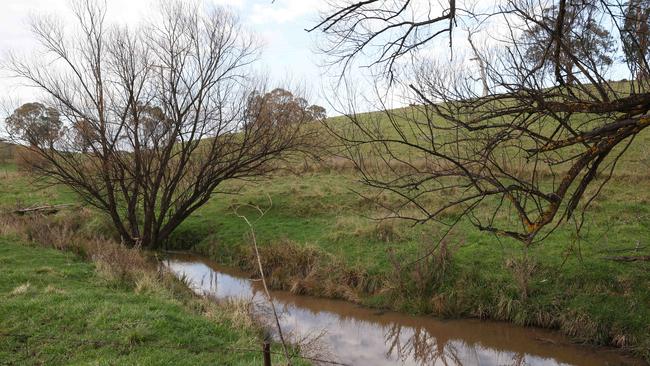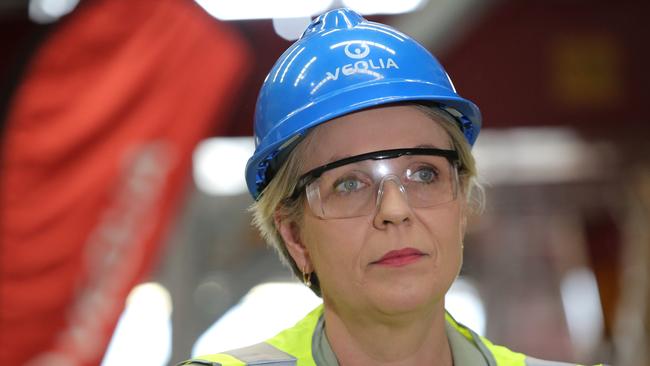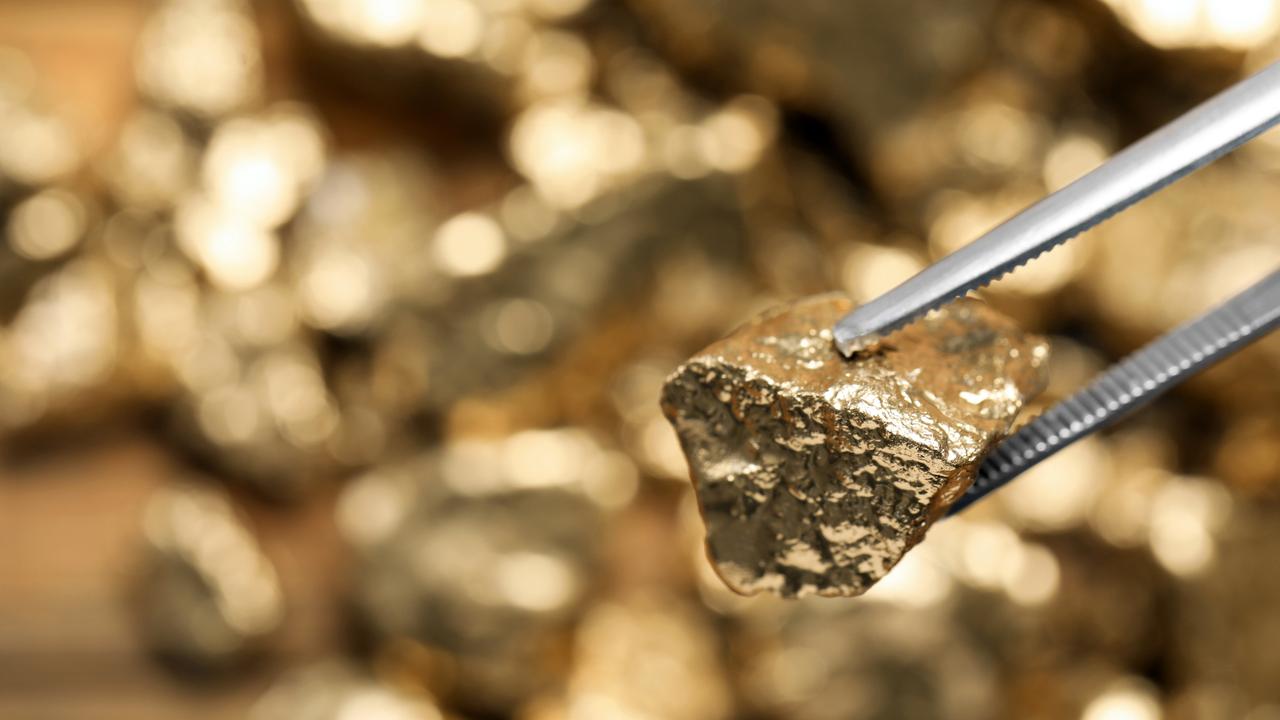Aboriginal historian behind $1 billion gold mine roadblock wanted ‘all waterways’ protected
An Aboriginal historian behind the push to block a $1 billion gold mine project previously sought to have every waterway in the area protected.
Mining
Don't miss out on the headlines from Mining. Followed categories will be added to My News.
An Aboriginal historian who helped convince Tanya Plibersek to block a $1 billion gold mine project in NSW had previously sought to have every waterway in the shire declared a protected heritage site.
The federal Environment Minister last month used Aboriginal heritage laws to make an eleventh-hour intervention against Regis Resources’ Blayney gold mine, near Orange in the state’s central west, blocking the location of a proposed tailings dam at the headwaters of the Belubula River and potentially putting the entire project at risk.
Ms Plibersek’s rare invocation of section 10 of the Aboriginal and Torres Strait Islander Heritage Protection Act, which has sparked outrage from the Coalition and even the NSW Labor government, came at the urging of a small dissident group called the Wiradyuri Traditional Owners Central West Aboriginal Corporation.

The group has previously been accused of hijacking the process by the Orange Local Aboriginal Land Council — the legally elected body for the Indigenous community in the region — which supported the mine going ahead, as did the government’s own consultant.
Lisa Paton, one of the corporation’s directors who is credited with spearheading the campaign to oppose the mine, applied to the NSW Office of Environment and Heritage in 2021 to have every waterway in the Blayney Shire Council protected as an Aboriginal site of “deep spiritual significance”, The Australian reports.
The application, which came when Regis Resources was already five years into consultations with 13 local Indigenous groups including Ms Paton’s, referred to ceremony, dreaming, resource gathering and frontier wars.
“All waterways in the nominated area are known to have deep spiritual significance,” it stated.
“Connection to the river for Wiradjuri people was related to their kin groups and each person has responsibility towards care and protection of a section of the river and waterways that related to their family ties.
“Waterways in Wiradjuri country were used for sustenance, kin-based groups lived on a creek or river catchment. They hunted for fish and maintained the trees and landscape, gathered honey and fruit, and other resources in the riparian zones had good soil, and attracted wildlife for hunting.”

Ms Paton has previously said the location for the tailings dam was “significant to my personal journey in discovering my Aboriginal heritage”.
The application was unsuccessful, but Ms Paton successfully registered an Aboriginal burial site at the location in 2020, called the Dungeon Burial Site near Dungeon Road, where a farmer discovered a partial skeleton in 1912.
Ms Plibersek’s decision blocking the tailings dam location accepted that the burial site must be protected.
“The applicant’s claim is on the basis of evidence documenting the discovery of skeletal human remains at the Dungeon Property which were identified at the time to be those of an Aboriginal person,” she said in her explanatory statement.
“Owing to their state, the applicant claims that the burial predates contact, and in light of its proximity to a nearby ochre site, the burial is likely to have been conducted in accordance with Aboriginal tradition. The minister … considers there is sufficient evidence to conclude that the Dungeon Burial site is of particular significance to Aboriginal people.”
Ms Plibersek has insisted that the section 10 declaration does not threaten the mine’s future.
“I (said) that the goldmine can go ahead but find a new site for the tailings dam,” she told Seven’s Sunrise last week. “It is a 2500-hectare site and I said that they can’t put a waste dump on 400 hectares of the site.”

A tailings dam is a dump for biproducts of a mine and includes highly toxic chemicals.
Ms Plibersek said Regis Resources had looked at “40 different sites for the tailings dam” and dismissed Nationals MP Barnaby Joyce’s suggestion that the government had consorted with a “secret group” to block the location.
But in a letter to the Coalition last week, Regis Resources said the Perth-based company had obtained 15 expert specialist heritage reports clearing the site, and refuted Ms Plibersek’s claims that it could find an alternative location for the dam.
“Practically, it is not possible to utilise any of the three areas previously considered in the project site in the original 2017/18 assessment, as they all overlap the declared area,” Regis Resources CEO Jim Beyer wrote, The Daily Telegraph reports.
Ms Plibersek again defended the decision in parliament on Monday, pointing out that her Coalition predecessor Sussan Ley previously blocked a go-kart track near Bathurst on the advice of the same traditional owner corporation.
A push in the Senate on Monday evening for a disallowance motion by Coalition members attempting to overturn the section 10 decision was unable to reach a vote, with debate to resume on Tuesday at the earliest.
— with NCA NewsWire
Originally published as Aboriginal historian behind $1 billion gold mine roadblock wanted ‘all waterways’ protected




